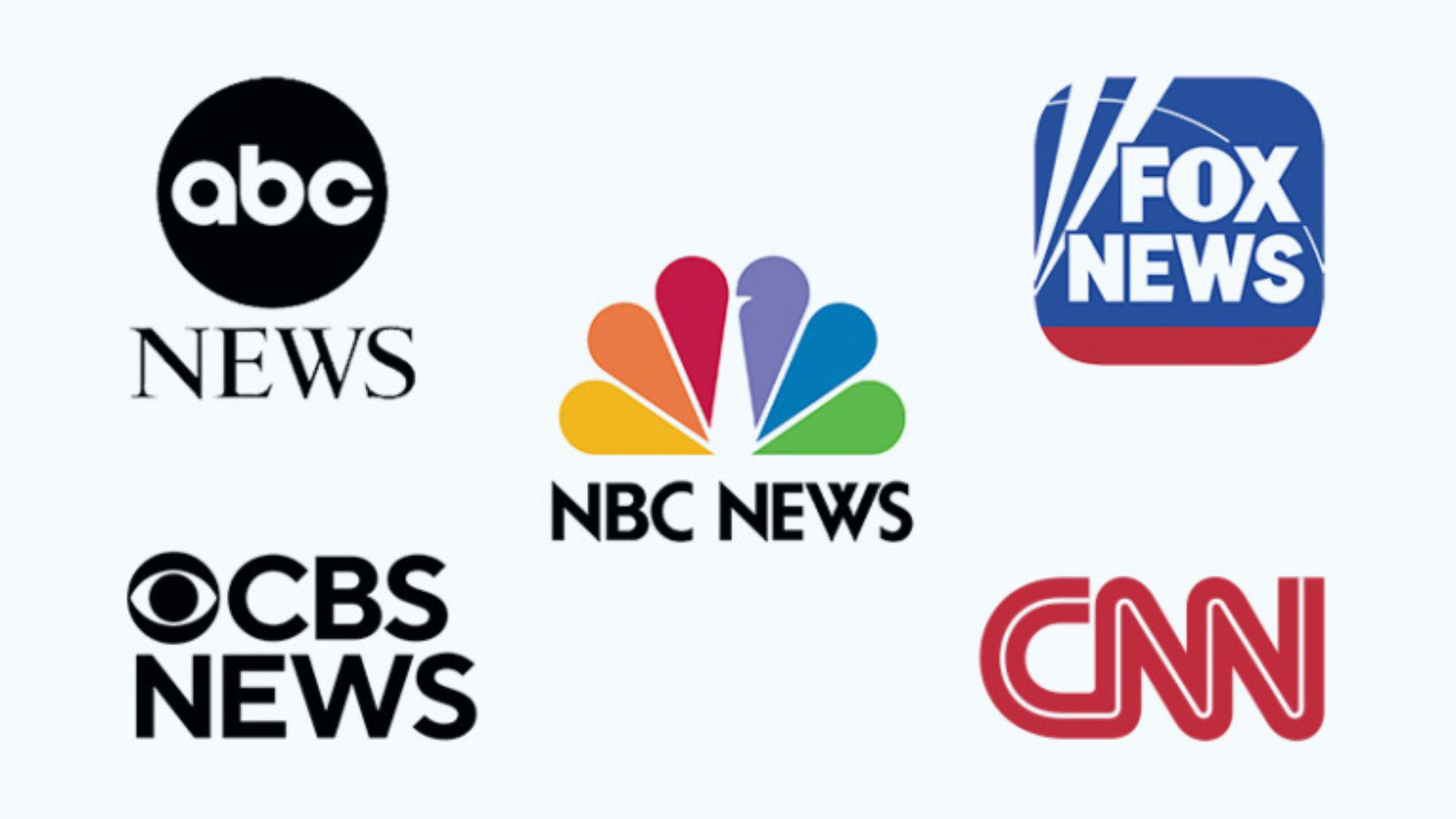Media bias refers to the tendency of media outlets to present information in a way that reflects their own political or ideological preferences. This bias can manifest in various forms, including the selection of stories, the framing of issues, and the language used in reporting. Understanding whether media bias influences elections involves examining how bias affects public perception, voting behavior, and the overall electoral process. This article explores the impact of media bias on elections and the implications for democracy.

Understanding Media Bias
Definition and Types:
- Explanation: Journalistic bias involves partiality in news reporting, where the presentation of information is skewed to favor a particular perspective or agenda. This bias can be explicit or subtle and may include selective reporting, sensationalism, or framing.
Examples:
- Political Bias: Media outlets may favor particular political parties or candidates, influencing how they cover election campaigns.
- Corporate Bias: Media companies may exhibit bias based on their corporate interests or advertisers, impacting the portrayal of political issues.
Case Study:
- Example: In the 2016 U.S. presidential election, various media outlets were criticized for their perceived bias in favor of or against specific candidates, influencing public perceptions of the election.
The Influence of Media Bias on Public Perception
Framing and Agenda-Setting:
- Explanation: Reporting bias can shape public perception through framing and agenda-setting.
- Impact: By framing issues in a particular way and setting the agenda, biased media can influence how the public views political candidates, policies, and events.
Examples:
- Case Study: During the 2004 U.S. presidential election, media outlets that framed the Iraq War as a failure may have influenced public opinion about the incumbent president.
- Public Perception: Biased reporting on economic issues can affect voter perceptions of economic performance and influence their voting choices.
Selective Reporting:
- Explanation: Reporting bias can lead to selective reporting, where certain aspects of a story are emphasized or omitted to support a particular narrative.
- Impact: Selective reporting can skew public understanding of key issues and influence electoral decisions based on incomplete or biased information.
Examples:
- Case Study: Media coverage of scandals or controversies involving candidates may be more intense for some candidates, affecting voter perceptions and preferences.
The Role of Social Media
Amplification of Bias:
- Explanation: Social media platforms can amplify media bias by rapidly disseminating biased information and creating echo chambers. Algorithms prioritize content that engages users, often leading to increased exposure to biased or sensationalist news.
- Impact: Social media can exacerbate the effects of media bias by reinforcing existing beliefs and spreading misinformation.
Examples:
- Case Study: The spread of misinformation and biased content on social media platforms during the 2020 U.S. presidential election influenced public opinions and contributed to political polarization.
Addressing Media Bias
Promoting Media Literacy:
- Explanation: Media literacy involves educating the public about how to critically evaluate media content and recognize bias. Promoting media literacy helps individuals make informed decisions and reduces the influence of media bias.
- Impact: Improved media literacy can mitigate the effects of biased reporting and encourage more balanced and informed public opinions.
Examples:
- Educational Programs: Media literacy programs in schools and communities teach individuals how to analyze and interpret media content critically.
- Fact-Checking Organizations: Fact-checking organizations provide tools and resources to verify the accuracy of information and counter misinformation.
Encouraging Diverse Media Consumption:
- Explanation: Encouraging individuals to consume a diverse range of media sources helps counteract the effects of bias by exposing them to different perspectives and viewpoints.
- Impact: Exposure to diverse media sources can lead to a more balanced understanding of political issues and reduce the impact of biased reporting.
Examples:
- Case Study: Seeking news from multiple sources, including those with different political orientations, can provide a more comprehensive view of political events and issues.
- Media Consumption Habits: Encouraging critical evaluation of media sources and seeking out diverse viewpoints helps individuals make more informed electoral choices.
Conclusion
Reporting bias plays a significant role in shaping public opinion and influencing elections by affecting how information is presented and perceived. From selective reporting and framing to the amplification of bias through social media, media bias can impact voter behavior and electoral outcomes. Addressing media bias through media literacy, diverse media consumption, and fact-checking can help mitigate its effects and promote a more informed and democratic electoral process.

